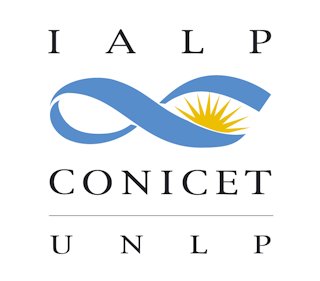Título: “Core-collapse supernovae and their parent stellar populations”
Disertante: Dr. Joseph Anderson (European Southern Observatory)
Miércoles 6 de noviembre, 12h, Salón Meridiano
Resumen: Core-collapse supernovae (CCSNe) are the explosive deaths of massive (>8-10Msun) stars. A large diversity is seen in the observed light curves and spectra of CCSNe, which arises from the final chemical composition and density profile of the pre-SN progenitor star before explosion. This final state depends on the initial conditions of the system – mass, metallicity, and binarity, determining the stellar evolutionary pathway through which the progenitor evolves and loses mass. Constraints on initial progenitor properties can be obtained through observing the host environment where different SN types are discovered. This requires assumptions on the properties of the star formation within host galaxies/environments, such as the IMF, the star formation efficiency, and the effects of feedback. One can also invert this line of reasoning: assume properties of CCSN progenitors and use their frequency within different galaxies/environments to constrain the star formation therein. In this seminar, I will first summarise the historical literature that we have published using observations of the parent stellar populations to constrain CCSN progenitors; specifically differences in mass and metallicity between SN types II and ‘stripped-envelope’. I will show how these same data have been used to argue for top-heavy IMFs in the central regions of interacting galaxies from the radial distribution of CCSNe. I will then introduce the AMUSING survey: a dataset of >700 SN host galaxies observed with the MUSE integral field unit spectrograph at the VLT. The use of MUSE affords an analysis of both the host-HII regions of SN progenitors between different SN types, but also a comparison of the distribution of CCSN HII region properties (~100) with all other such HII regions (~7000) within the full sample. This has produced the surprising result that CCSNe appear to explode much more frequently in star-forming regions of lower metallicity – per unit star formation – than the general HII region population. I will present several possibilities to explain this result – all of which (if valid) would have a profound impact on our understanding of the explosion of massive stars and/or massive star formation.
Finally, as Head of the Office for Science of ESO in Chile, I will present a few slides on ESO’s current and future facilities, and the opportunities for collaboration at the ESO-Chile campus in Vitacura, Santiago.


